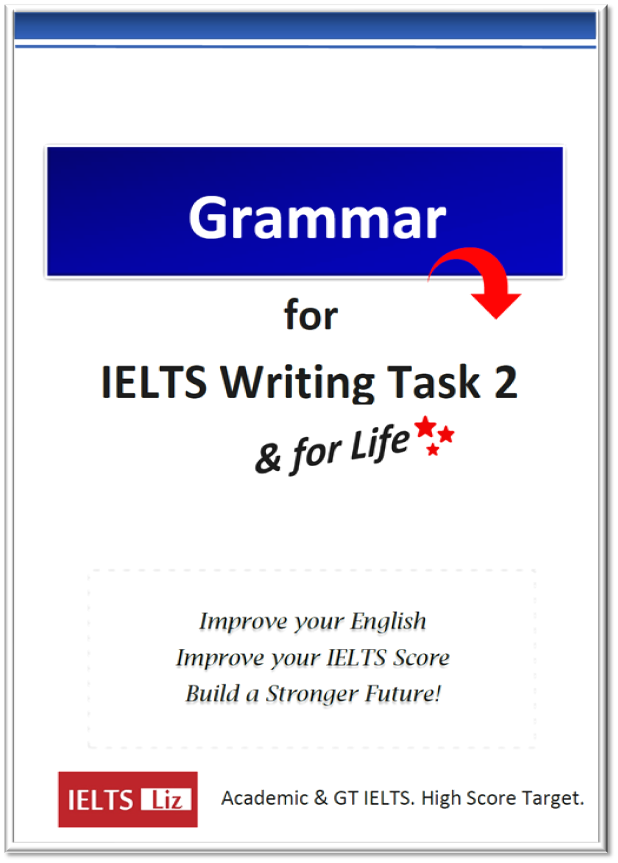Essential vocabulary for the topic of advertising / advertisements. I have included recordings of words and meanings so that you can improve your pronunciation of this vocabulary. At the bottom of the page, is some practice exercises to learn how to use vocabulary for advertising correctly. Advertising is a common topic in both IELTS speaking and writing task 2, so you must learn all the basic vocabulary to be able to talk and write on this topic.
This lesson contains a lot of vocabulary. Take your time to learn the words and practice your pronunciation. There is an audio under each table for pronunciation practice.
Vocabulary for Advertising Topic
Forms of the word: Advertisement
- ad (n)
- advert (n)
- advertise (vb)
- advertising (v+ing)
- advertisement (n) (there are two different pronunciation – UK and USA)
Main Types of Advertisements:
This is a list of typical commercial adverts that you are likely to come across in your everyday life.
RECORDING: Pronunciation
.
Other Types Advertisement Vocabulary:
These types of advertisements are also common in the world today, particularly now that we have the internet and online adverts are common place.
RECORDING: Pronunciation Review
.
More Types of Advertising:
This list of vocabulary contains examples of advertisements that are not so well known but are effective forms of more subtle advertising.
RECORDING: Vocabulary Pronunciation
.
Practice Exercises with Advertising Vocabulary
Use the vocabulary relating to advertising given on the page above to complete the sentences. Words may be used more than once.
- I think I prefer …………….. because they are really good fun to watch and often have a catchy tune or song to go with them.
- Last night, I was just sitting down to my favourite series on TV when the phone rang. It was another …………. I find them really annoying.
- Personally, I think that …………………… in movies is the most effective because you aren’t even aware that you are being targeted by a company while you’re watching.
- I think ………………… are a great way to advertise because they are so entertaining but I guess they must be very costly to put on, particularly at peak viewing time.
- There’s nothing more annoying than trying to work online and getting bothered by ………………
- I hardly ever pay attention to adverts in the ………………….. because they aren’t usually very attractive but whenever I flick through a ……………., I’m constantly drawn towards their beautiful, glossy ads.
- I find telesales quite ……………….. because they call your home to sell you something. I think it’s an invasion of privacy.
Vocabulary Review & Answers
There are some interesting words used in the exercises above, such as “catchy tune” and “persuasive”. Click below to learn the meaning of some of these words and to find the answers.
Vocabulary- eye-catching = appealing, attractive
- subtle = not obvious
- flick through a magazine = look at the pages quickly
- to target an audience = to aim for a group of people
- catchy tune = an appealing melody
- peak viewing time = a time when the majority of people are watching
- glossy = shiny
- specific market = particular group of people
- specific interest group = particular group of people with the same interests
- persuasive = it convinces us to do something or think something
- memorable = it stays in our minds for a long time
- intrusive = causing annoyance, uninvited
- invasion of privacy = when your privacy has been invaded (entered) without permission
- up-to-date = current
- customer database = list or record of customers
Listen to Recording for Pronunciation:
- TV commercials
- cold call
- covert advertising
- TV commercials
- pop-ups
- newspaper / magazine
- intrusive
.
RECOMMENDED FOR YOU
- Media and Advertising Essay Questions
- Ideas for Topic: Advertising to Children in Schools
- Education Vocabulary
- ALL VOCABULARY LISTS FOR TOPICS
.








